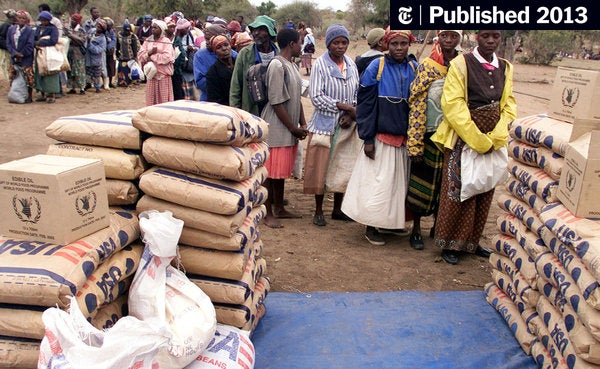
To appear in a book project “Now…and Then”
I’m kind of a religion groupie—I haven’t found a religious service or structure that I haven’t liked. But I’ve noticed that whether I’m in a Christian church, a Muslim mosque, a Jewish synagogue, a Sikh Gurdwara, or a Buddhist or Hindu temple, there’s a sea of grey heads (well beards, in the case of Sikhs in their turbans). Religion, it seems, is for old people.
When I was younger, that was not the case. It was a family affair when I was a kid, back in the day when families actually did things together, and weren’t all individually staring at their smart phones. In college in the late 50s it was popular to go on church dates, and the lines for the three morning services would wind around the block. At the time, I wanted to be a pastor myself. It seemed as if it would be the best job in the world.
Then came the sixties and revolution was in the air. Like many of my peers, I dropped out of religion for the longest time, and turned to studying it rather than preaching it. I wasn’t against religion as a personal practice, it just didn’t seem all that important.
Now in retirement, I’m back in church. I’m there with all the other grey-hairs singing the old hymns and reading the familiar gospels. There is comfort there, I suppose, in getting in touch with one’s youth. And there is community. Old age can be lonely and religion provides fellowship. For some it may provide the assurance of an afterlife, though frankly I think that most people never really think about their own deaths, even at an advanced age. It’s like the Big Quake in California, you know it’s coming at some time, but not today, so life just goes on.
Perhaps what religious institutions offer most is a sense of depth, a ground of being. We grey-hairs are at the point of life where we pause and reflect, and wonder what the meaning of it is. Religion doesn’t tell us, but it assures us that there is a meaning, and it’s worth trying to find it.
The younger generation has largely abandoned their childhood faiths, and I wonder if they will find the same founts of meaning when they get to my old age. Many if not most abhor organized religion of any kind. Yet, I have hope. A Pew survey reveals that the largest and fastest growing segment of youths in the United States, when asked their religious preference, say “none.” They are not Christian, Muslim, or even Atheist or Agnostic. They are none. And when you ask them about their religiosity, they say they are spiritual, not religious.
To look for spiritual depth and accept a moral obligation that binds all of us on the planet is one of the things that we white-hairs find attractive about religion in our old age. It is nice to think that a younger generation, even if they do not find the same resources in institutional religion that we do, are looking for the same thing.

